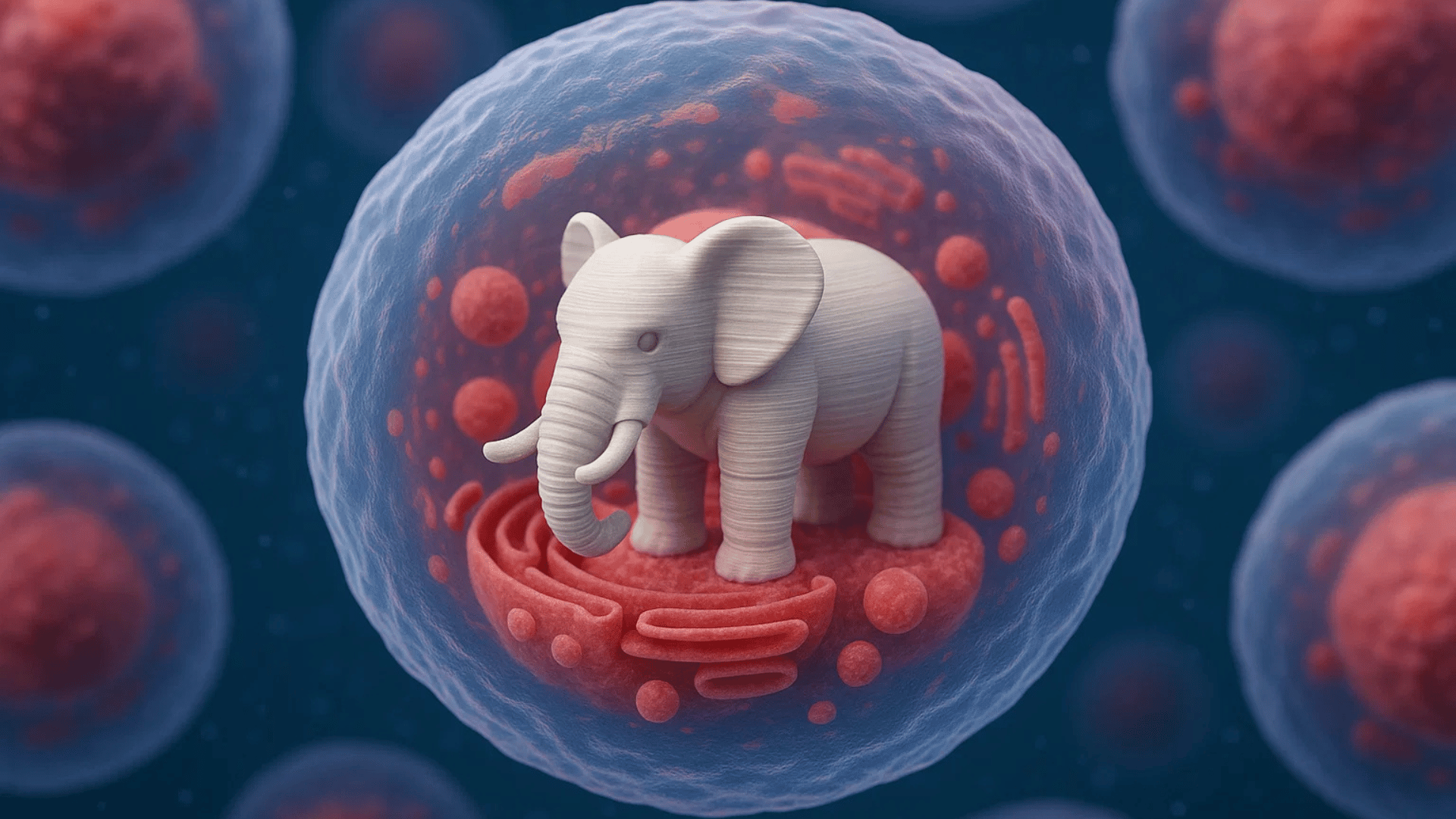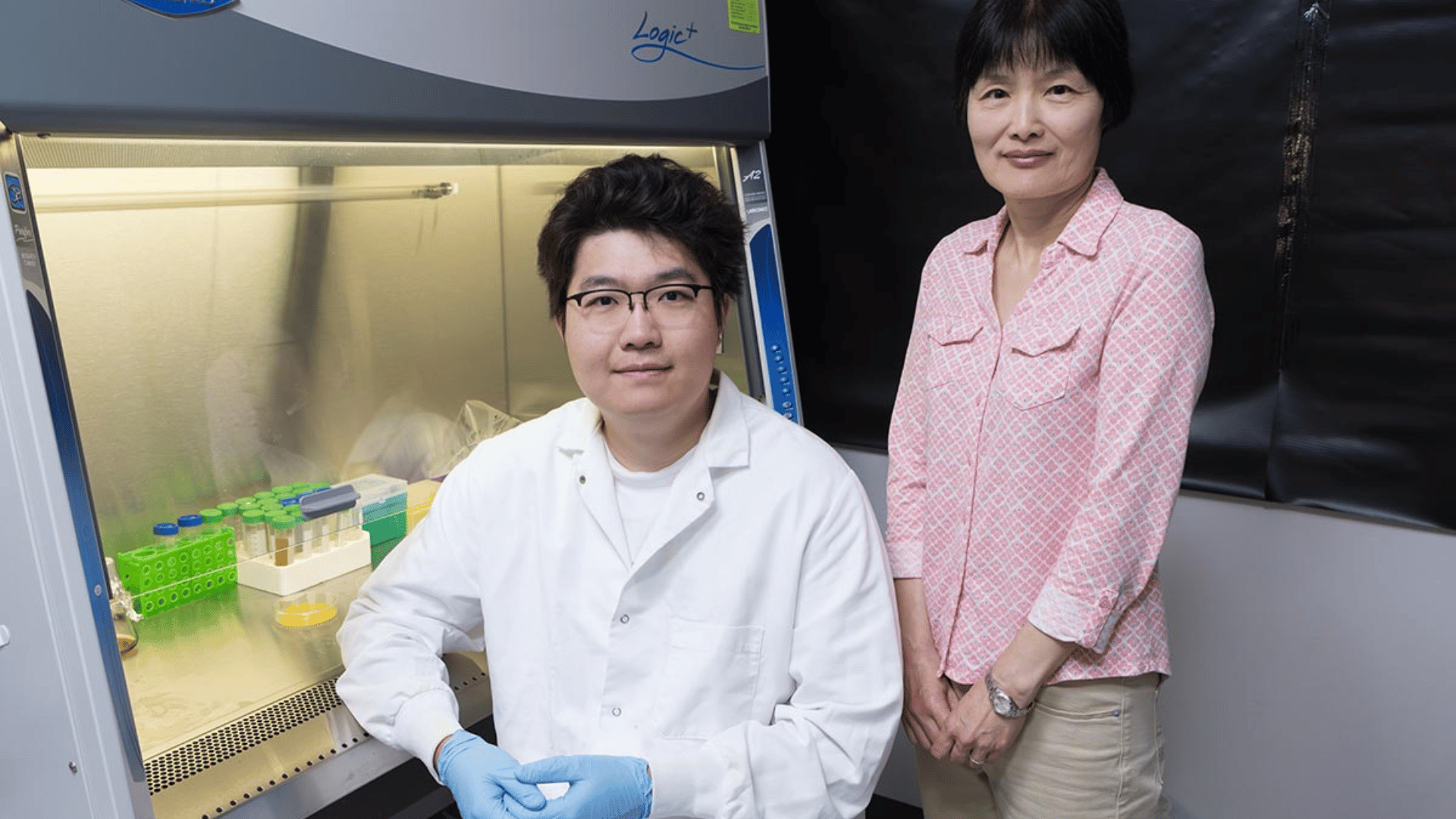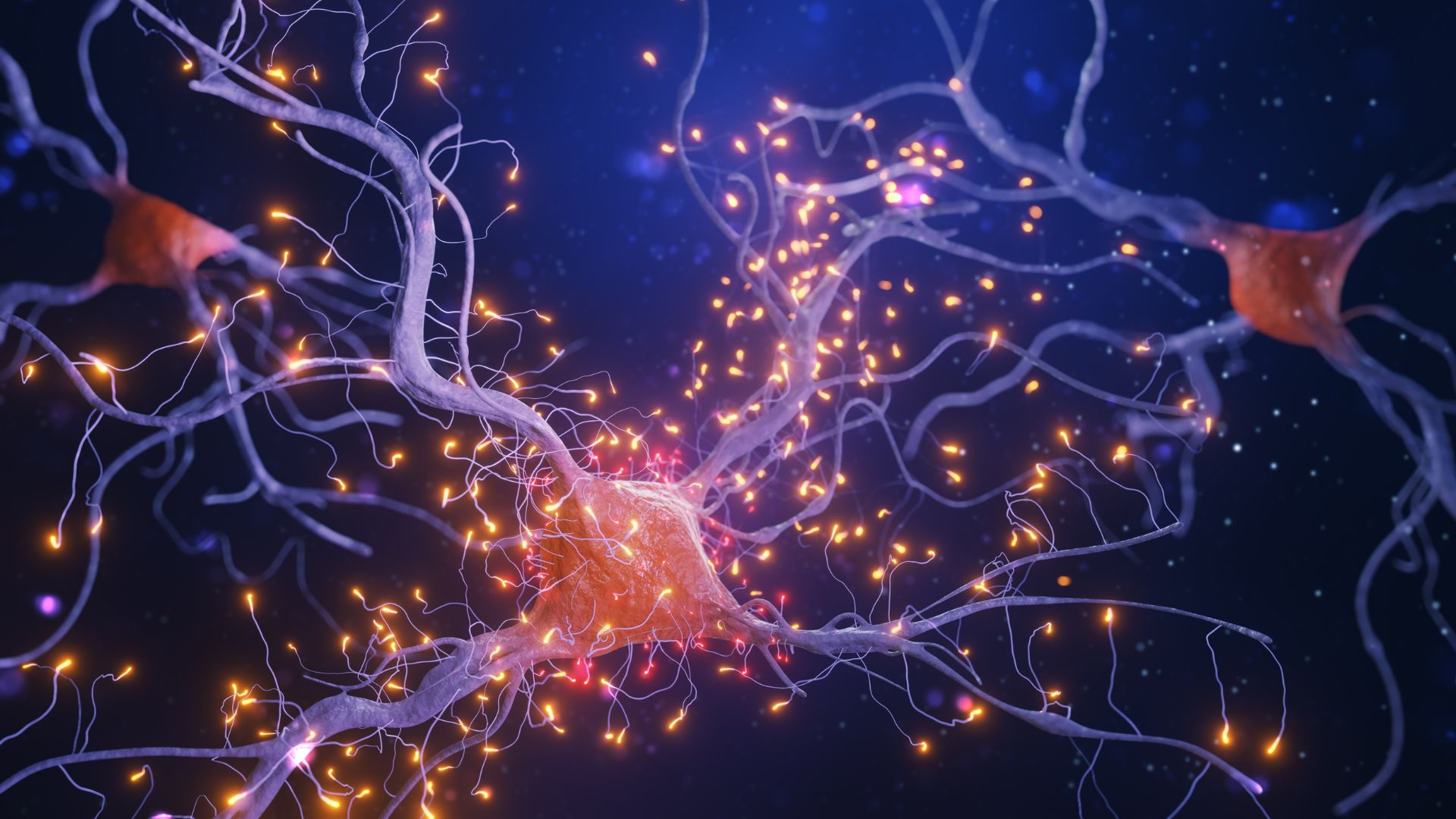There’s an old Disney Channel movie called Smart House. The premise is that a kid wins a contest to live in the titular building- a house from the future. Color-changing walls, self-vacuuming carpets, and a friendly AI who cares for the family and acts as housekeeper. It’s fairly well-remembered– not for its plot or characters, but rather the setting. At the time of its release, the idea of a “smart home” was pure Disney magic. There was no way there would be houses that were nearly autonomous. It was all science fiction.
Fast forward 15 years, however, and it’s less fiction than anticipated.
While smart homes as the movie portrays them- completely automated houses with their own AI- are still some ways off, devices like the Roomba or the Amazon Echo are becoming increasingly commonplace. Voice activated thermostats and security systems are on the market. For example, Langley custom home builders are starting to integrate these technologies into new home designs, offering buyers greater control, comfort, and efficiency. As innovation continues, incorporating smart features early on can future-proof your home and enhance everyday convenience.
However, it’s worth pointing out that the term “smart home” no longer refers to a house outfitted with the latest tech- it’s a home that lessens the carbon footprint of its inhabitants. SmartHomeUSA even marks such efforts to “go green” on their website as “an emerging important feature.”

While the examples listed above are fairly well-known, there are some more obscure smart home devices that function exclusively to lower your bills and help the planet. Programmable thermostats, such as the Nest Learning Thermostat, can be adjusted from your phone, meaning you don’t have to get up to turn on the heat. Smart bulbs use less power and last longer than traditional lightbulbs. The Hydrao LED showerhead, which debuted last year, tracks how much water you’re using and pulses with LED colors to let you know when you’ve used specific intervals of gallons.
There’s also solar power. It’s not a new concept, but one that is really beginning to pick up steam (so to speak) in the mainstream. It may not be the most ideal solution for cities like Pittsburgh, with the many hills and cloud coverage, but those with access to direct and consistent sunlight may want to consider investing. Or, on a smaller scale, devices like the Solar Paper are capable of charging phones via solar power, and at the same amount of time it would take to charge via outlet.
Smart devices can also help keep your home secure. Smart locks can mount over existing deadbolts and alert you via Bluetooth if someone is at the door. Don’t recognize the voice on the other end? Then the door stays locked and only opens if you give the OK. On the other hand, if thieves do manage to break in, cameras such the Netgear Arlo Pro and the Tend Secure Lynx Indoor keep watch and can catch culprits in the act. Home security systems like ADT are also an option.
That’s not even accounting for all the upgrades for the kitchen. Gone are the days of slow-cooking in the Crockpot and hoping for the best. With wi-fi enabled appliances, it’s possible to check the status of your stew from anywhere, provided you have a smartphone with you. A connected coffeemaker means you can literally wake up and smell (and taste) the coffee. It may be wise to check the stove before leaving the house, though- just in case.
Everything from pool cleaners to laundry machines have options that make them more intuitive and self-functioning than before. While many of these devices are costly and require stable Wi-Fi, it’s making smart homes a more accessible to those who don’t dwell in a Disney-branded fictional world.
Still waiting on those color-changing walls, though.
Influence the future and follow our world of innovation on Instagram.







